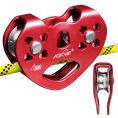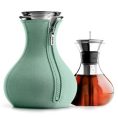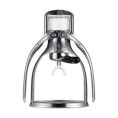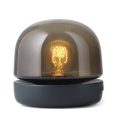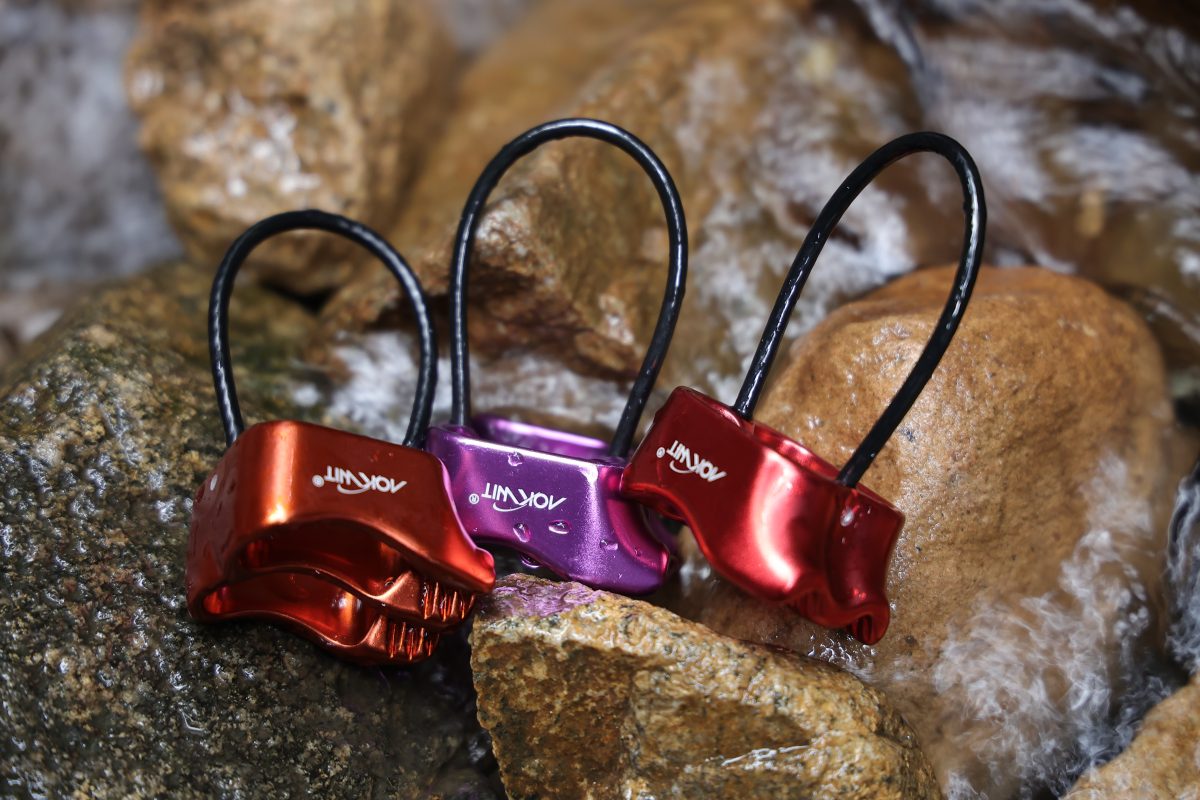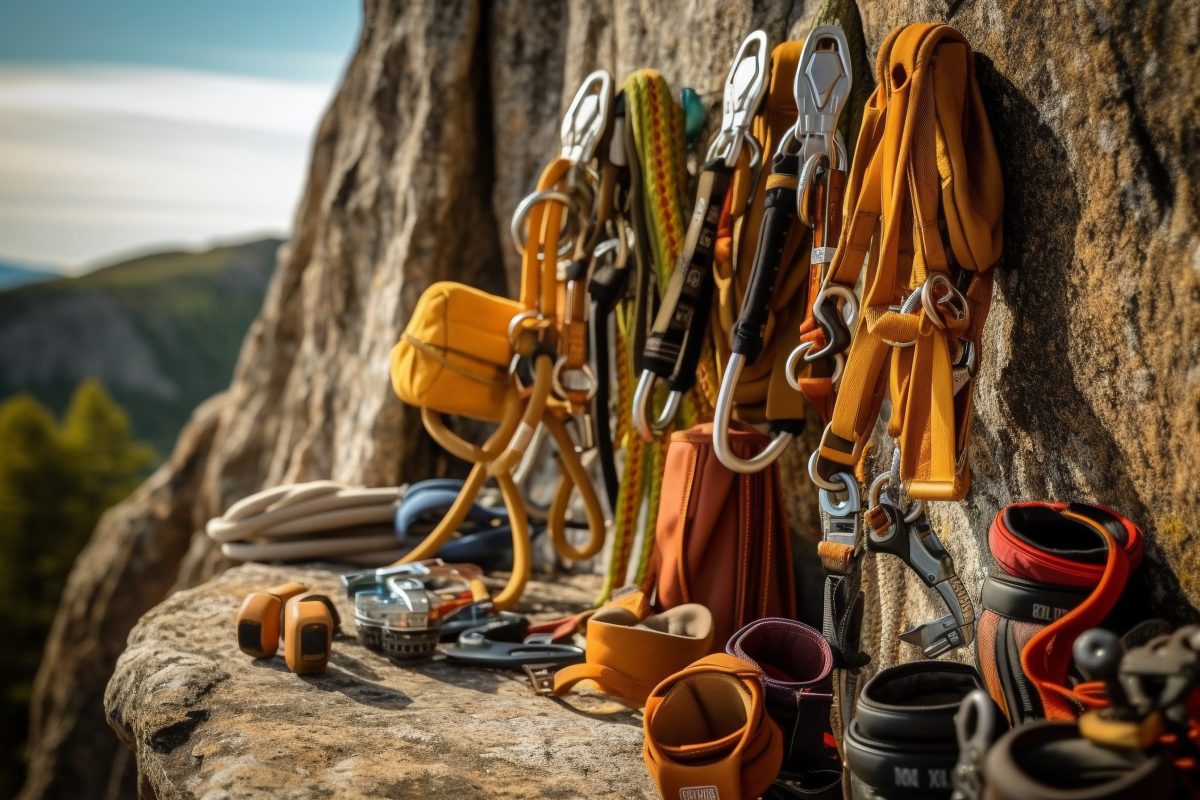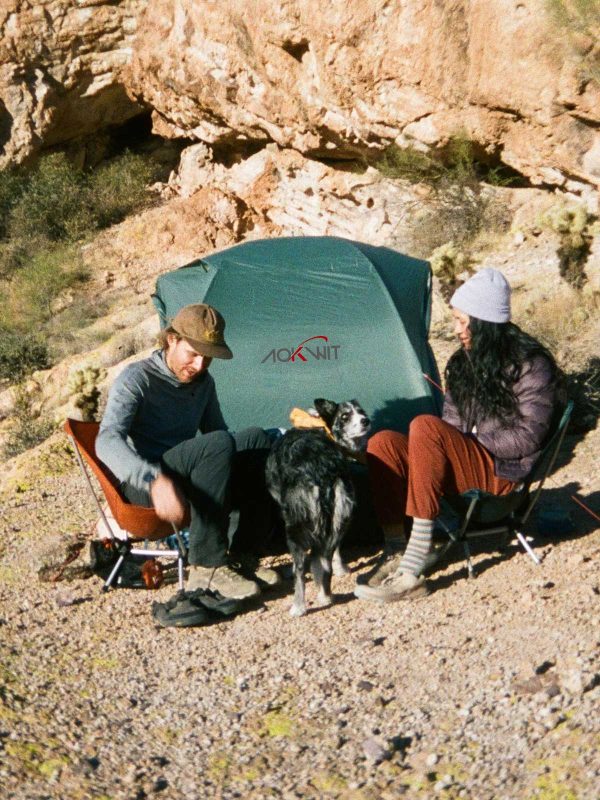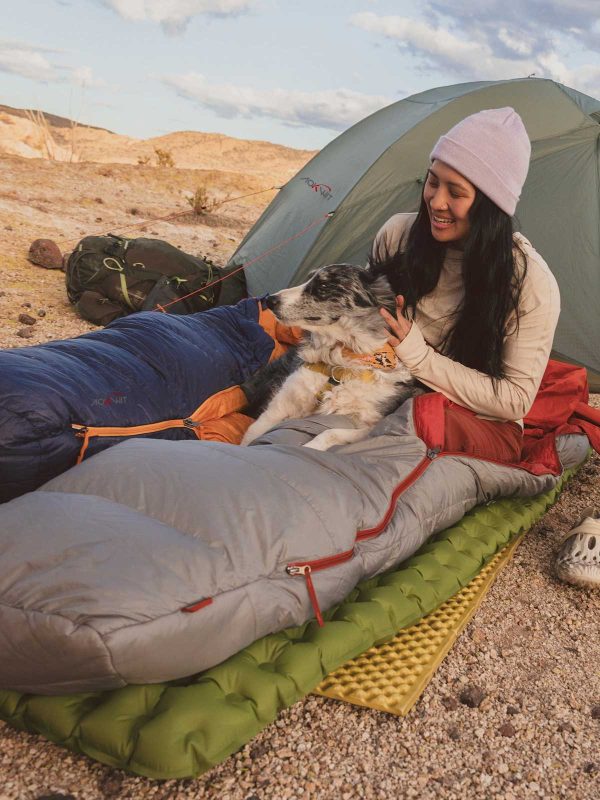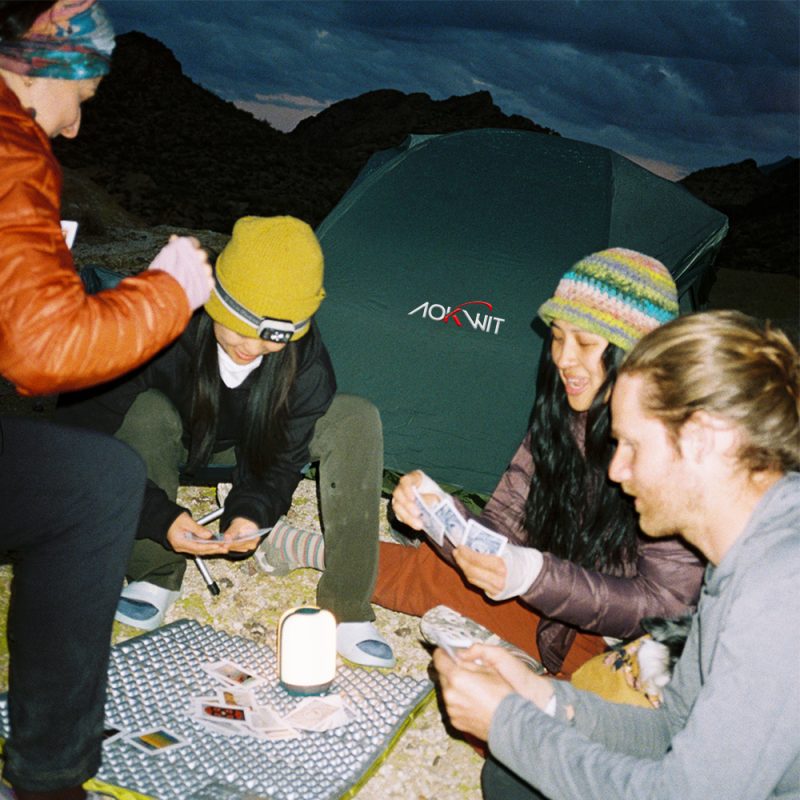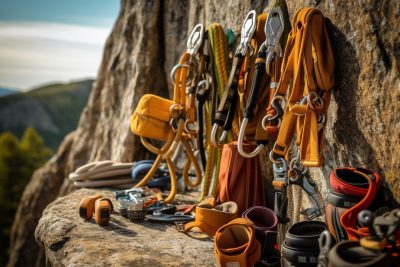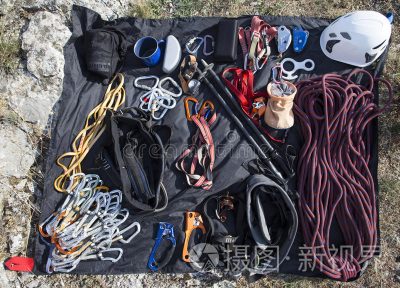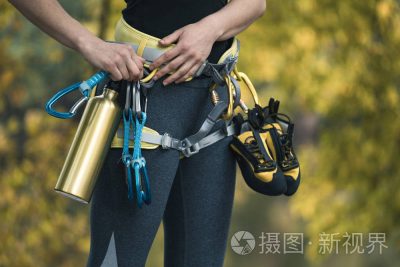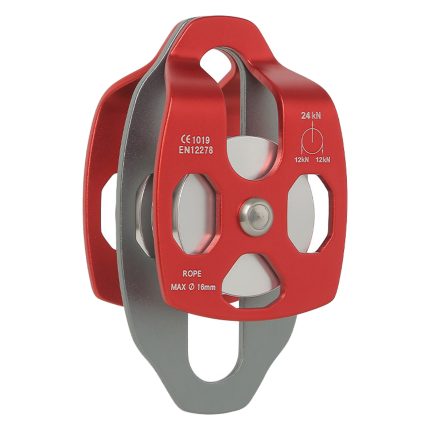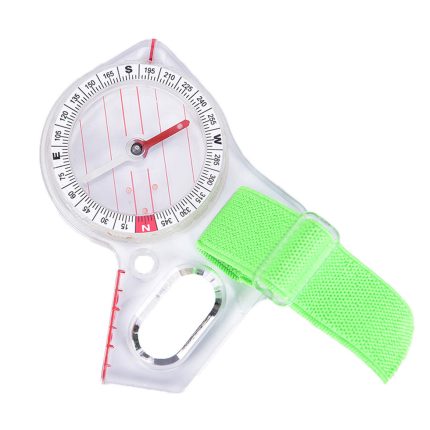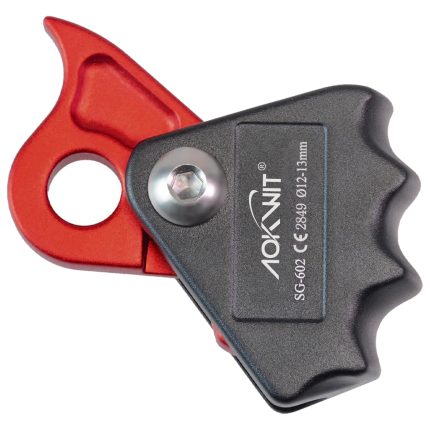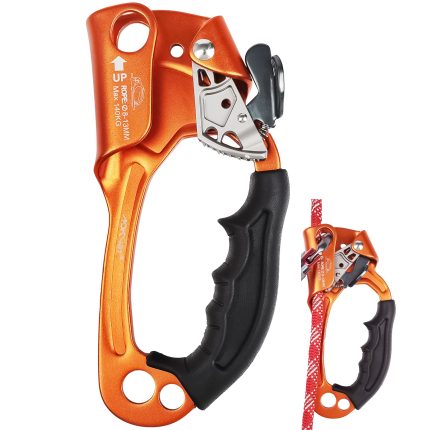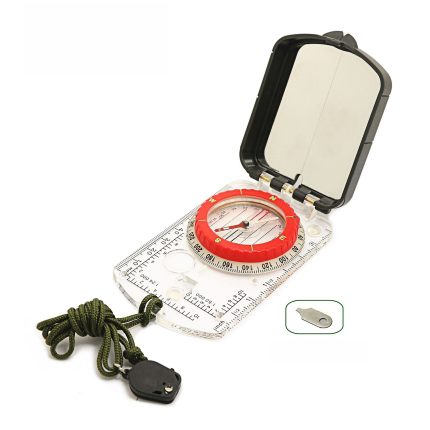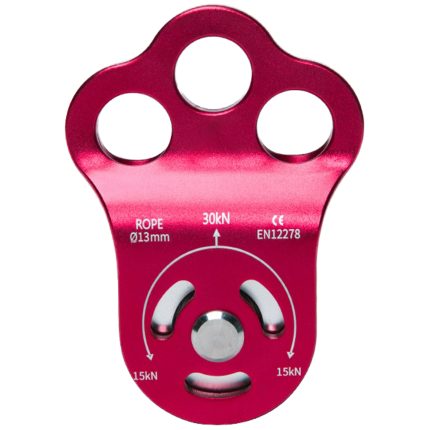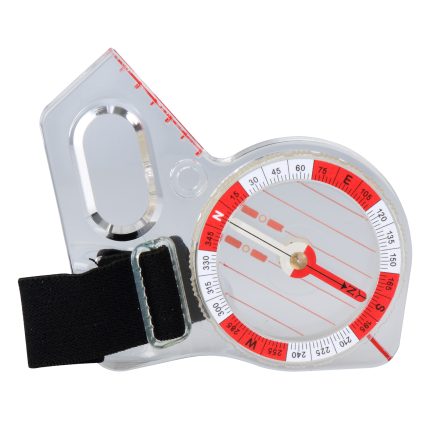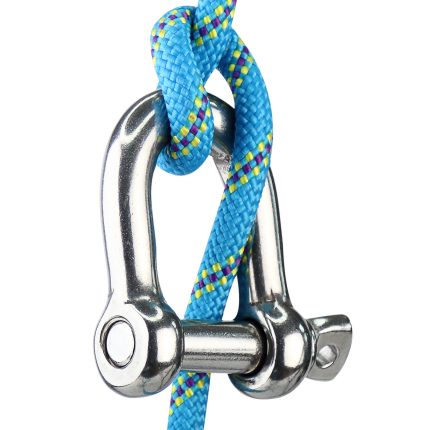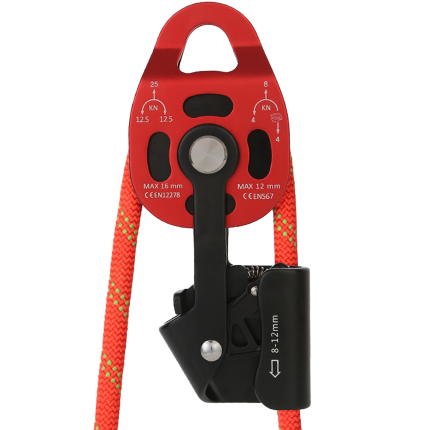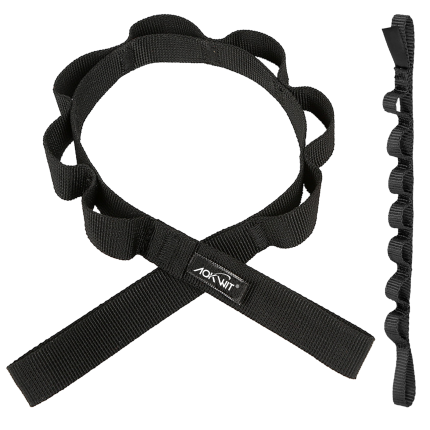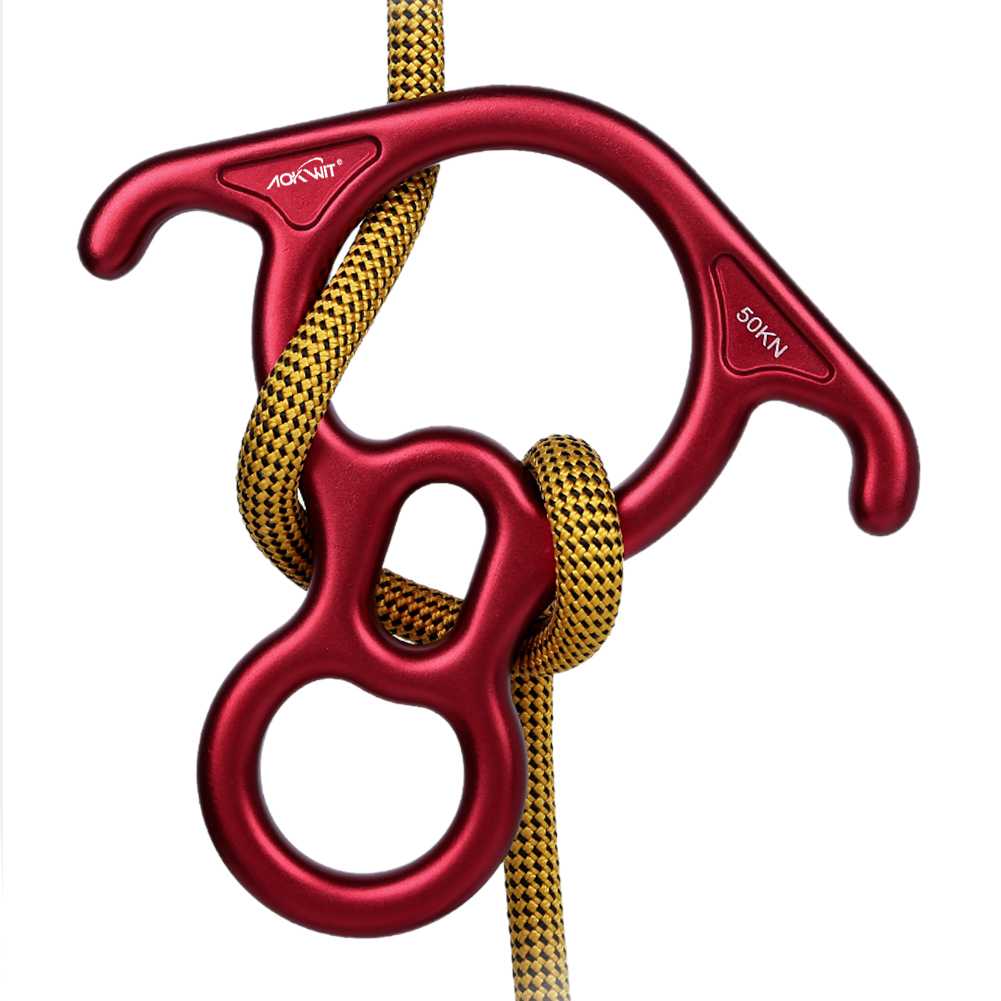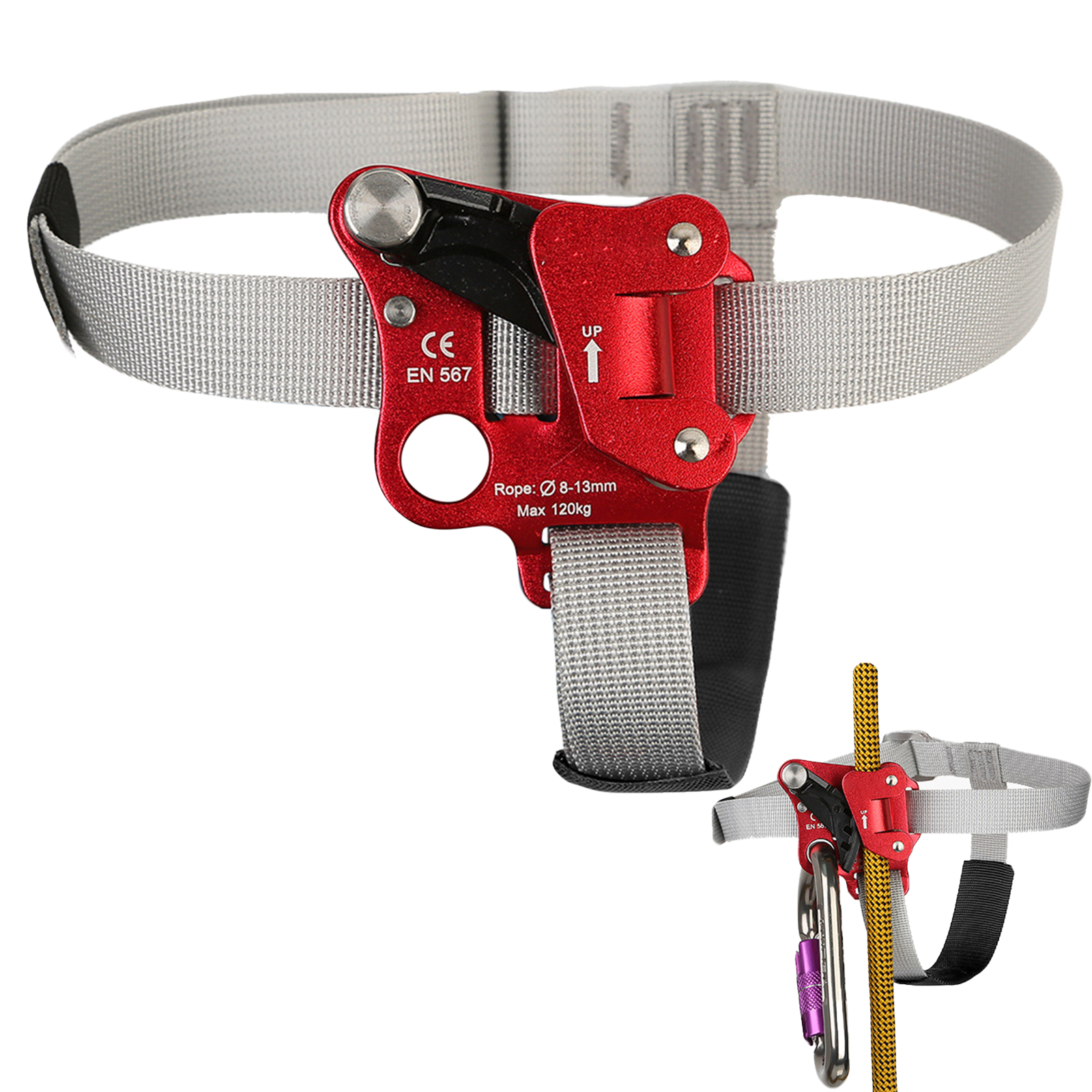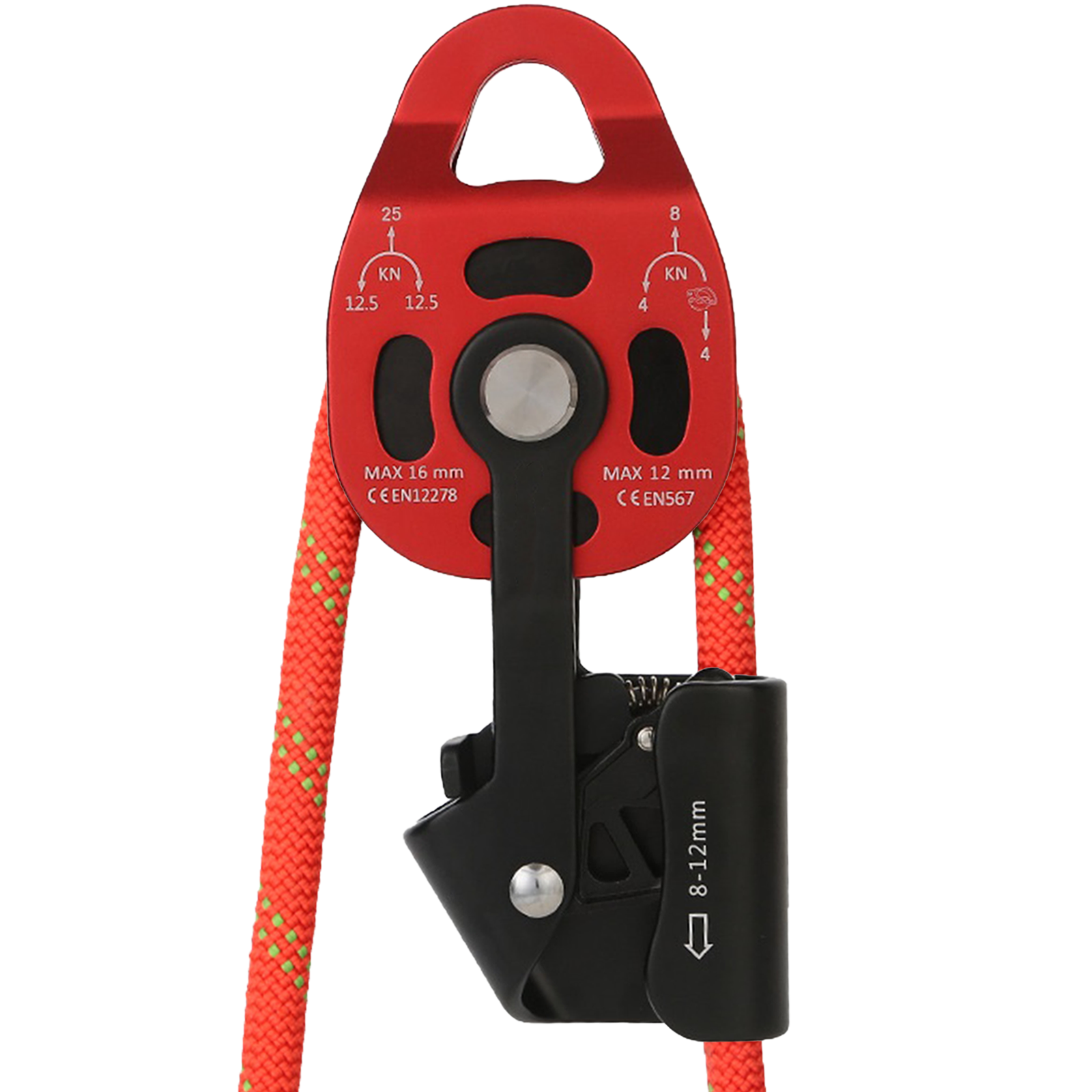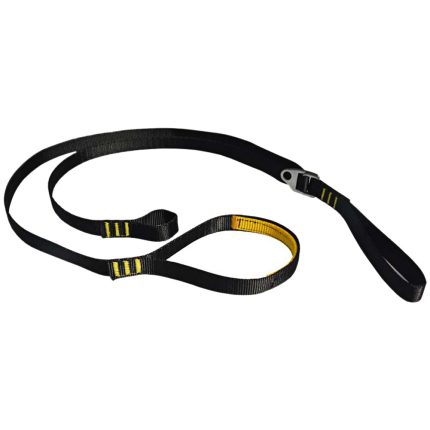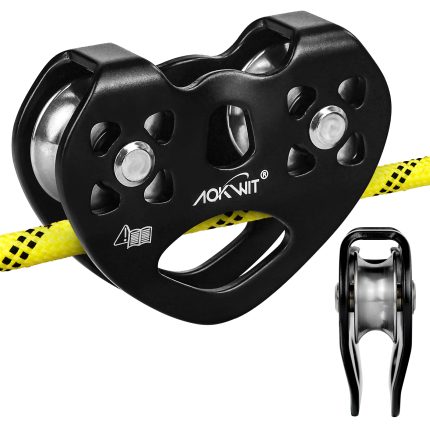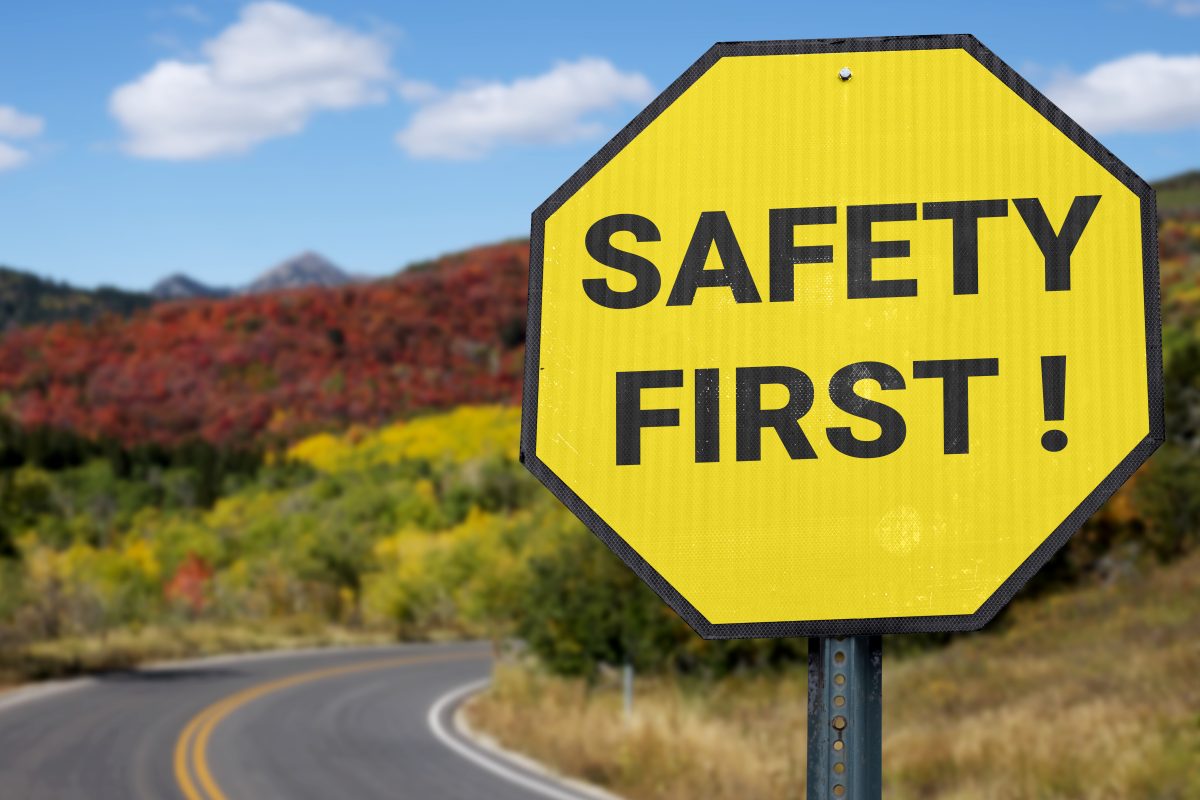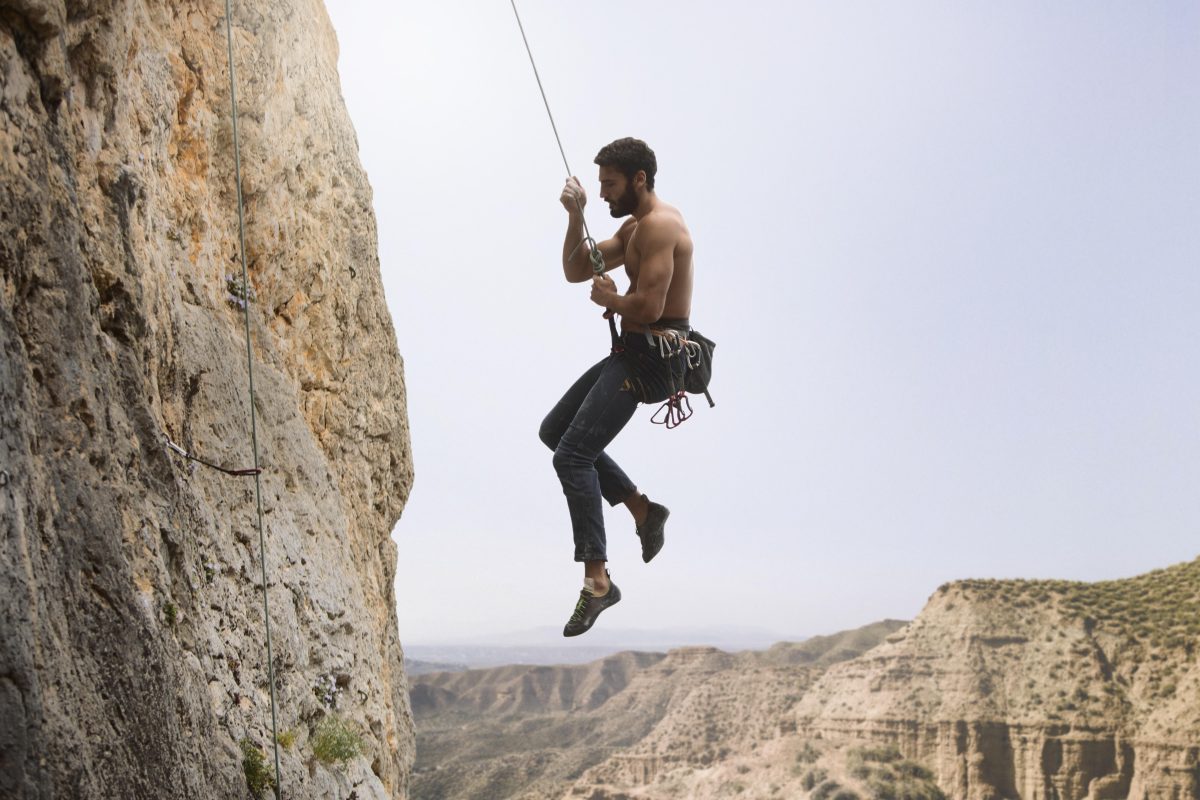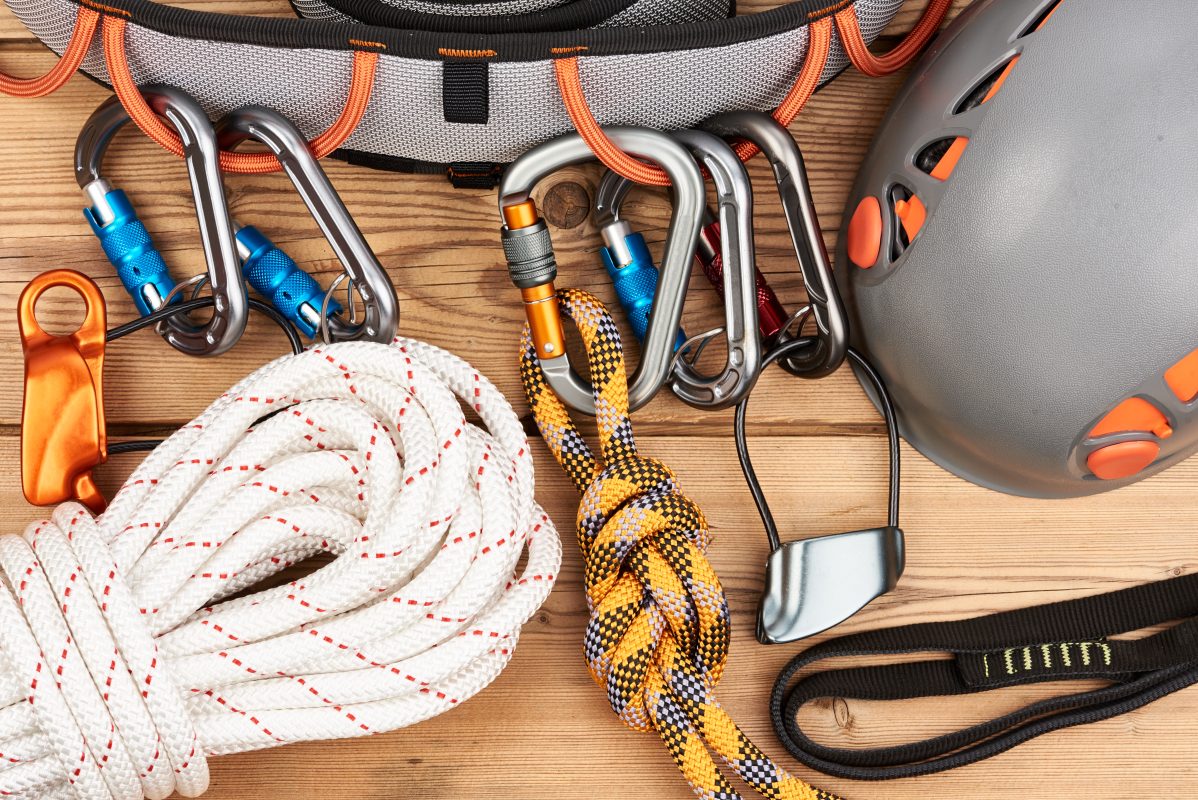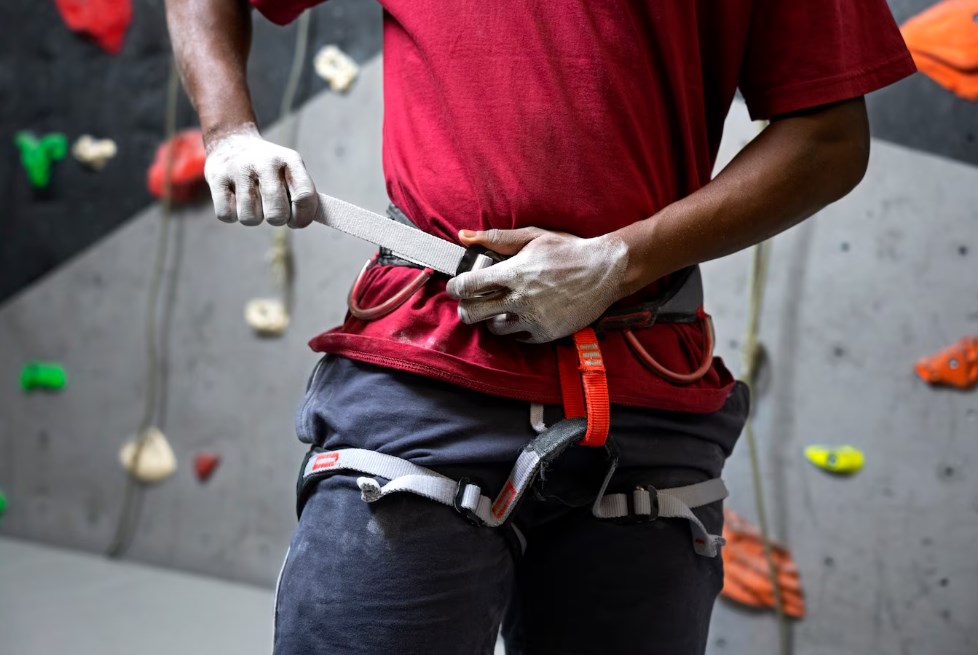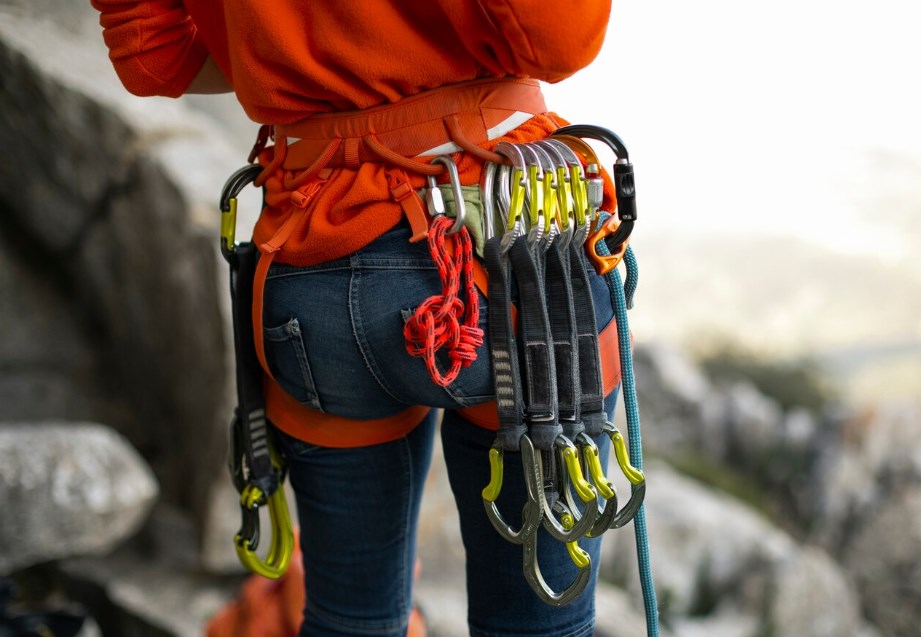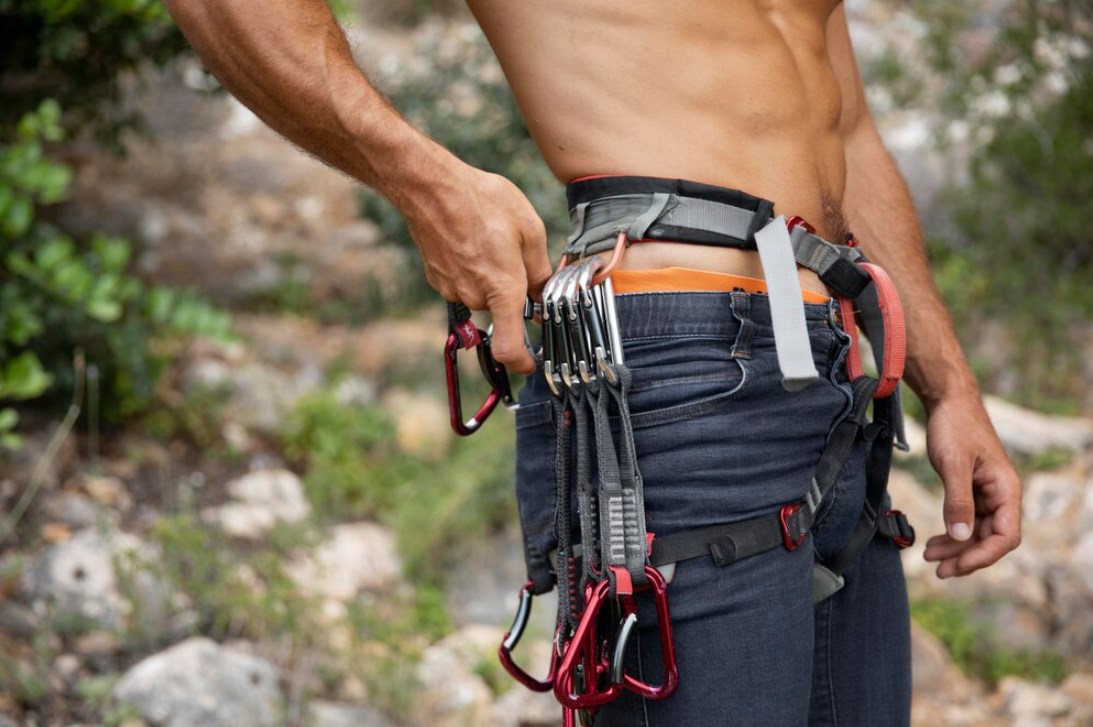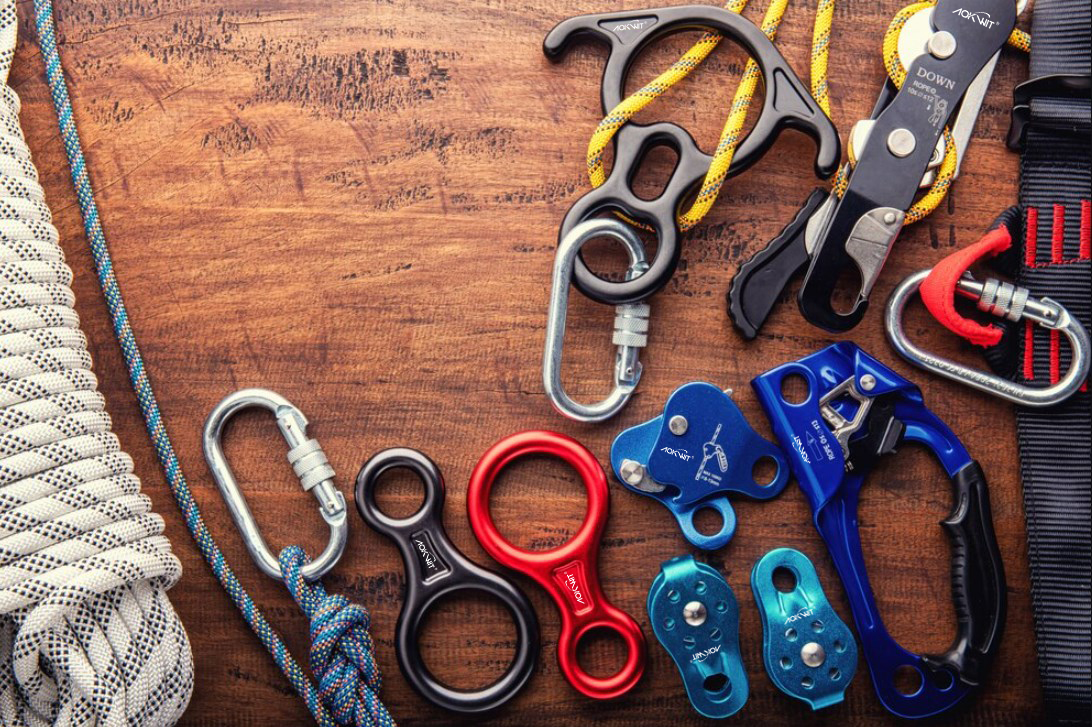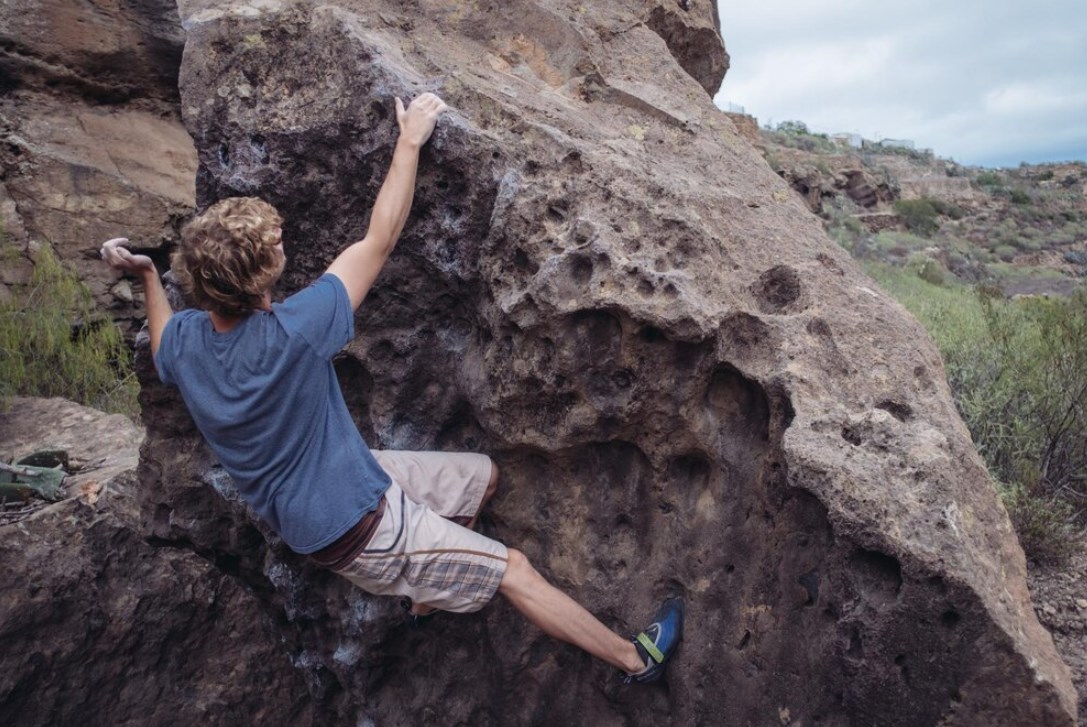Wilderness Hiking and Mountaineering Survival Skills: Handling Insect Bites
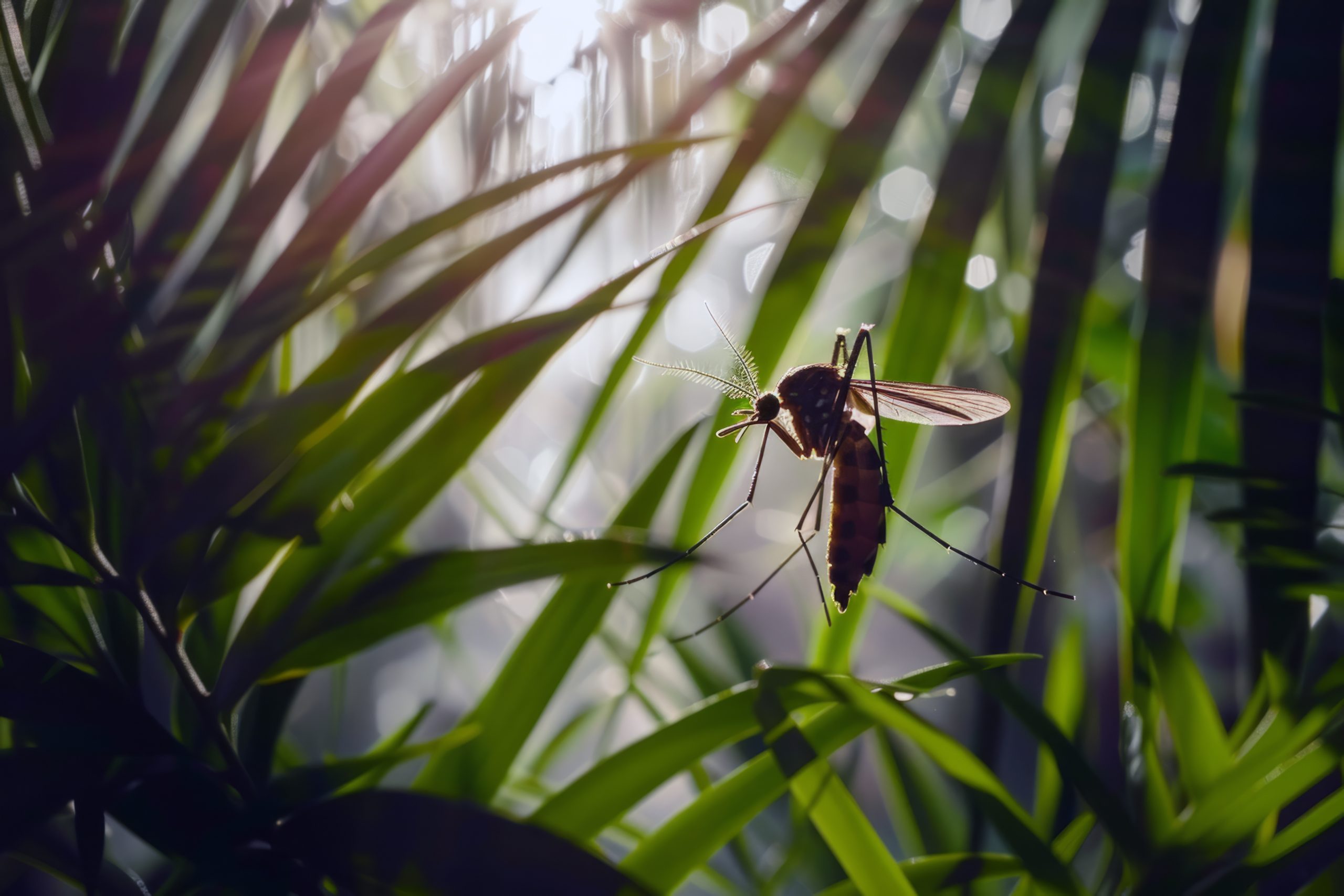
During outdoor hiking and mountaineering, insect bites—such as those from mosquitoes, horseflies, bees, wasps, or leeches—are often unavoidable. A single bite can cause significant discomfort or even lead to infections or severe allergic reactions.
Therefore, beyond prevention, it is crucial to master treatment and infection-control techniques.
I. Treatment for Mosquito and Gadfly Bites
- Mosquito and gadfly bites are not only itchy and painful but may also transmit serious diseases like malaria or encephalitis. Proper care is essential even for minor bites.
2. Keep the bite area clean and dry. Avoid scratching, squeezing, or rubbing the affected skin.
3. Do not bandage the bite. Covering it may trap moisture and worsen skin damage.
4. Avoid flowers and pets after being bitten. Refrain from consuming spicy, greasy, or irritating foods.
5. Clean the bite promptly with saline or baking soda solution, followed by a cold compress. Apply anti-itch creams like dexamethasone ointment or desonide cream, as insect saliva is acidic.
6. Preventive measures: Use mosquito repellents (e.g., mentholated oil) in insect-prone areas. Wash skin with soap as a preventive step.
II. Treatment for Bee, Wasp, and Hornet Stings
- Stings from bees, wasps, hornets, or yellow jackets can cause intense pain, swelling, inflammation, and even life-threatening allergic reactions or anaphylaxis. Improper handling may also leave scars.
2. Remove the stinger immediately if left in the skin (common with bee stings). Wash the area with soapy water and disinfect with iodine.
3. Quickly move away from the nest. If surrounded, crouch low, cover your head with clothing, and wait calmly until the swarm disperses.
4. Gently squeeze the area around the sting to expel venom and reduce swelling.
5. Rinse the wound thoroughly with clean water. Apply natural remedies like crushed raw garlic, or chew plantain leaves, dandelion, pine needles, or pepper leaves and apply the paste to the sting site.
III. Treatment for Leech Bites
- Wear protective clothing: Tuck pants into socks and regularly check for leeches during hikes.
2. Apply deterrents: Coat shoes with soap, mentholated oil, or garlic to repel leeches. Reapply every 4 hours.
3. Avoid damp campsites: Set up camp in dry, grassy areas away from lakes, rivers, or streams.
4. Avoid leech habitats during rain.
5. Do not pull leeches forcefully. This may leave mouthparts embedded in the skin. Instead, flick them off by tapping the nearby skin.
6. Detach leeches safely: Apply soap solution, concentrated saltwater, tobacco extract, alcohol, or a lit cigarette to their anterior sucker. Alternatively, scrape them off with a knife. Disinfect the wound with iodine afterward.
7. Stop bleeding: After removal, press the wound to stop bleeding. Apply charcoal ash or crushed bamboo leaves to promote clotting.
